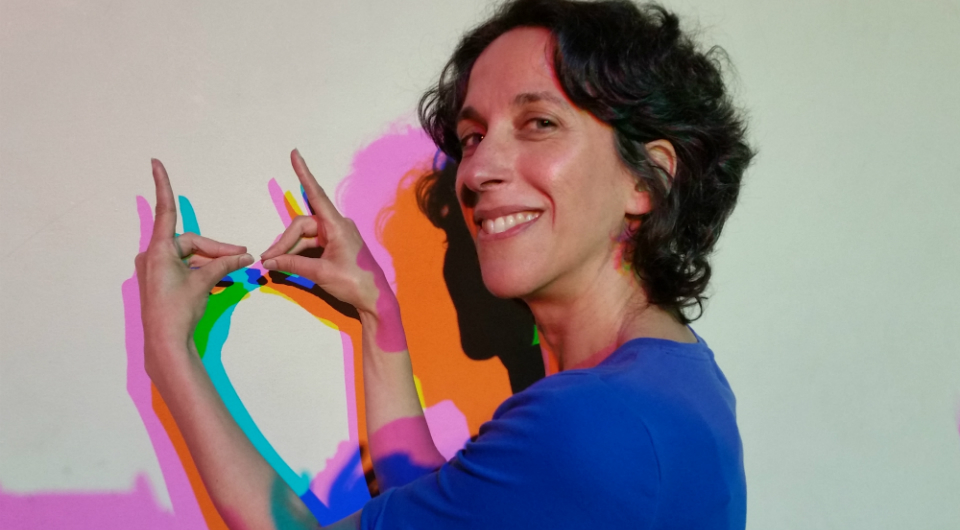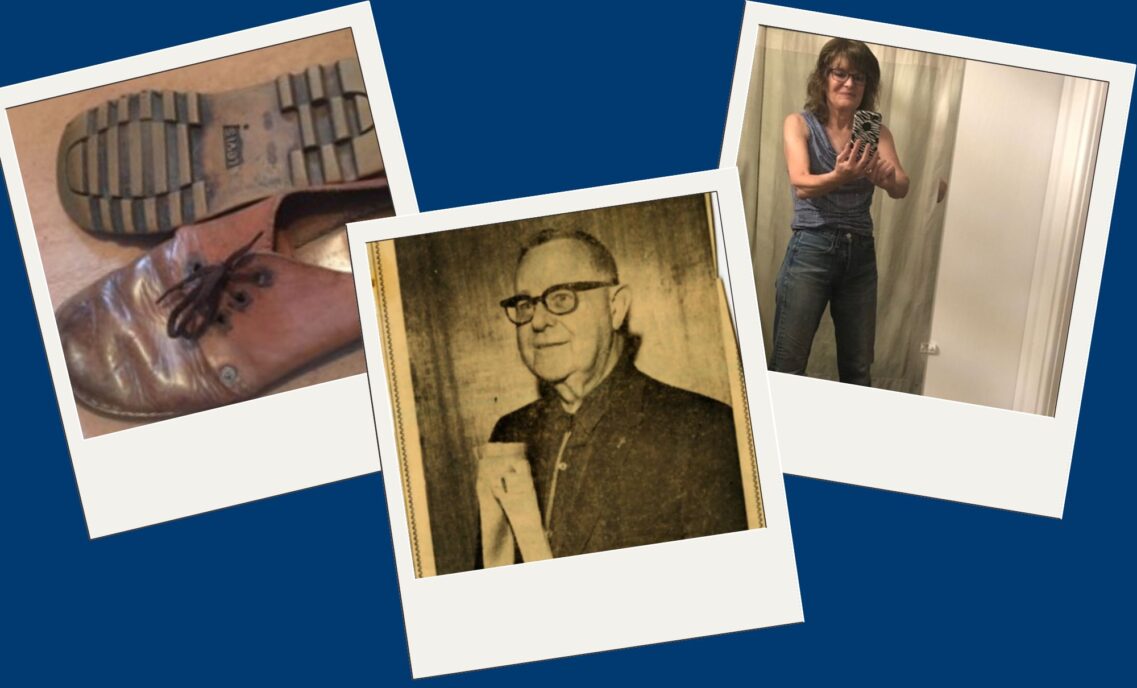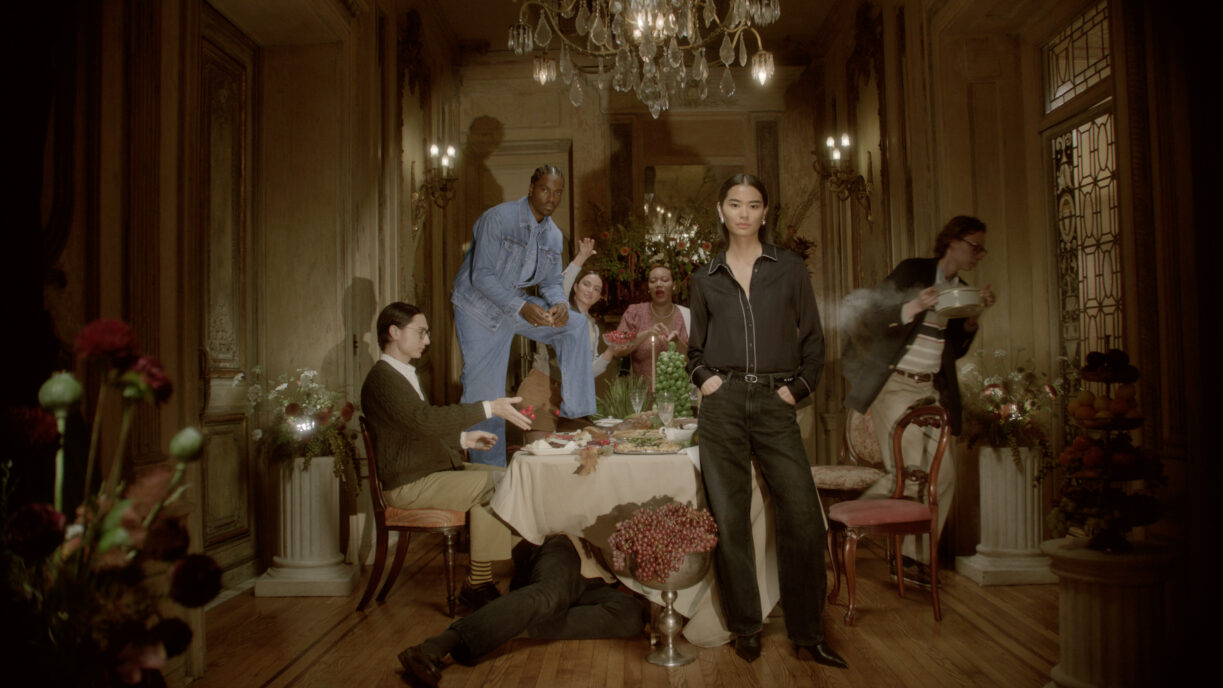Color is a critical component of the product design and development process at Levi Strauss & Co. But it’s not as straightforward as you would think. One person’s cyan can be another’s cerulean, so we rely on colorists to help bring our designers’ color visions to life and ensure they remain consistent throughout the manufacturing process.
We sat down with lead colorist Eva Reale to find out what goes into making sure your pants are the perfect hue.
As the lead colorist, what do you do?
My primary responsibility each season is to take color and fabric direction from the design team and work with our fabric mills and vendors to bring it to life. So, for example, a designer will come to me and say, “We want to develop Pantone Racing Red in a twill fabric at such-and-such mill,” and that is when I get to work. At this stage, it’s all about the dyed fabric matching the desired color; it’s not at the garment stage yet. I do this for non-denim fabrics for our bottoms (pants) segments across all of our brands (Levi’s®, Dockers®, Denizen® and Signature by Levi Strauss & Co.™).
On an average day, my job can involve anything from naming a color, to seeing fabric/color development from inception through to approval, to giving my product development partners backup if there are issues with production, to working on color approval processes for the company.
I also love to share with others some of what I’ve learned over the years and recently have taught color fundamentals classes here at LS&Co. I’m excited to be offering the color class because there are many non-colorists in the company — such as designers, product developers, and merchants — who make color decisions, whether choosing colors, reviewing sundries or evaluating finished garments for shade acceptability. It’s fun to introduce my colleagues to basic color concepts, but it’s also very important because when they understand how dynamic color is, it inspires them to follow best practices.
What do you mean when you say that color is dynamic?
Color is primarily an interaction between light and an object, witnessed by an observer like you or me. All three factors (light, object, observer) have quite a few variables, so it makes for many possibilities when it comes to how we perceive a given color. In short, color is in the eye of the beholder. A lot of people think of color as something fixed, when it’s in fact a very changeable phenomenon — just look at that blue and black (or white and gold) dress that caused a commotion on the Internet.
How did you become a colorist?
Some colorists come from design; some come with chemistry backgrounds; others are a breed of creatives with technical leanings. I’m in the last category, so I grew into the position. I started here nearly 24 years ago coordinating finish development trials and approving finish shade bands. I took a detour in a more number-oriented job, which was, let’s say, counter to my native abilities. Then one day, after driving the guys at the paint store crazy with colors I’d created that I wanted them to match, the colorist position opened up and I basically begged for it. I took technical classes, benchmarked, found my gurus and grew from there.
What do you enjoy most about your job?
This has been my favorite job in the company — hands down. To me, color is one of the most fun and interesting subjects in the industry. I enjoy interacting with color every day, and since I’m very process-oriented, I get extra satisfaction from establishing processes and encouraging best practices. And when someone I’m working with gets an “aha” about why a given color changes under different lights, I get a big smile on my face.
Where do you find inspiration?
Every day when I walk to or from the bus I find myself gazing at tree tops, birds, the sky with its wonderful show of changing light. Color is everywhere, and it’s all about perception. But if you really want to see some amazing exhibits on the nature of color, the Exploratorium is the place to go. I feel so fortunate to have been able to incorporate some of their exhibits into my color class. There is nothing like walking into the Monochromatic Room and seeing the gum balls in the gum ball machine suddenly stripped of their color.
Do you have any favorite color names that you’ve come up with?
Today I named a light black color “Black Dusk,” which makes me think of a mysterious night sky. A couple of days ago, I named an off-white color “Gesso,” which is a medium used to cover paint on used canvases so they can be reused. It reminded me happily of my Saturday art class.
LIKE THIS STORY?
Sign up for our Unzipped newsletter to get the best of the Unzipped blog — company news and views, employee profiles, innovation and sustainability stories, behind-the-scenes, and Archives highlights — sent straight to your inbox weekly.







